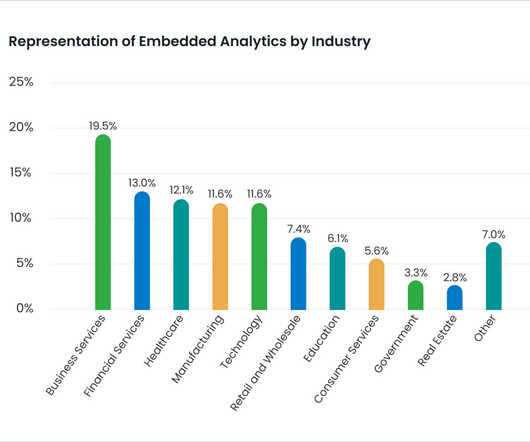What is data analytics? Analyzing and managing data for decisions
CIO Business Intelligence
JUNE 7, 2022
In business analytics, this is the purview of business intelligence (BI). Diagnostic analytics uses data (often generated via descriptive analytics) to discover the factors or reasons for past performance. In business, predictive analytics uses machine learning, business rules, and algorithms.

















Let's personalize your content